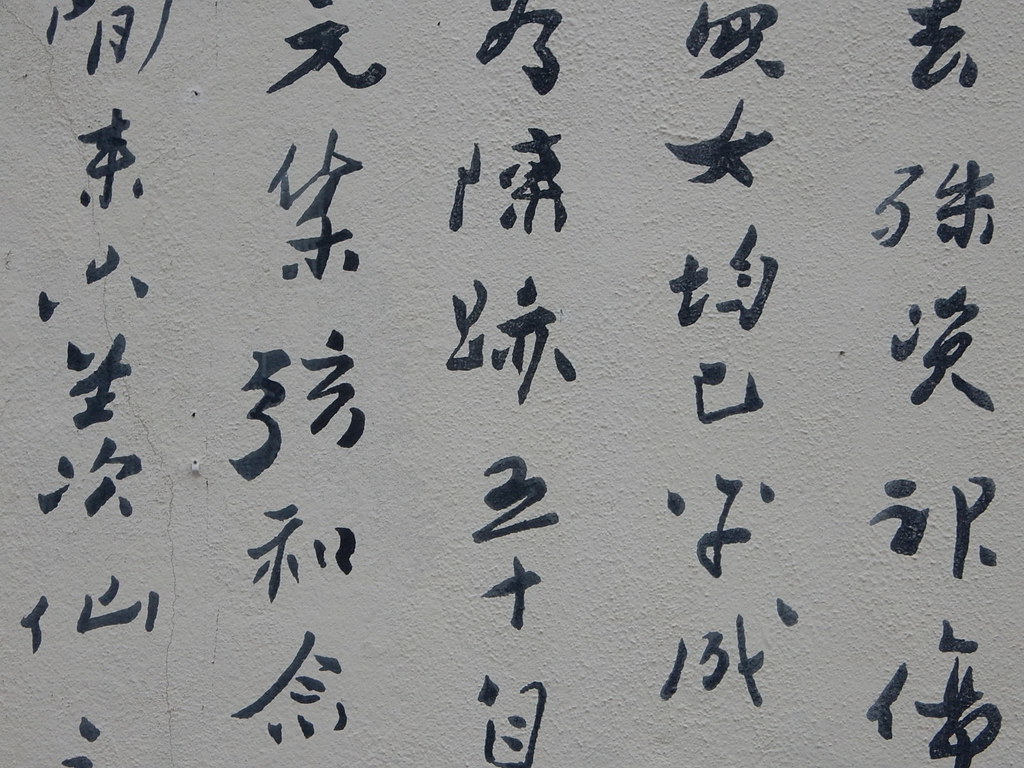Language shapes the heart of a culture, and when it comes to Chinese, it’s like diving into a treasure trove of history and diversity. Let’s embark on a journey to unravel the mysteries of this fascinating language.
Understanding Chinese Diversity
Chinese, often referred to as Hanyu, is the primary language spoken by the Han Chinese population, comprising the majority in China. With over a billion native speakers across an expansive landmass, Chinese boasts a rich history spanning at least 4,500 years.
Modern Chinese has evolved into eight major dialects, each with its own unique characteristics. Mandarin, dominant in the northern, central, and western regions, contrasts with dialects like Cantonese, spoken in southeastern areas such as Guangzhou and Hong Kong. These dialects vary in pronunciation and vocabulary, posing challenges for oral communication.
The Unifying Force of Writing
Despite oral differences, Chinese dialects share a common script, enabling communication through writing. This unified script, along with similar word formation and grammatical rules, fosters mutual understanding.
Efforts to standardize Chinese led to the promotion of Putonghua, or Modern Standard Chinese, based on Mandarin. Pinyin, a romanization system introduced in 1958, facilitates learning and communication, marking a significant step towards linguistic unity.
Exploring Chinese Studies
The study of Chinese has captivated Western scholars for centuries. From early contacts with Jesuit missionaries to the Industrial Revolution’s impact, interest in Chinese language and culture surged. Sinology, initially focused on classics, evolved into Modern Chinese Studies, emphasizing contemporary relevance.
Institutions worldwide offer Chinese language courses, reflecting the growing demand for cross-cultural understanding. The establishment of Confucius Institutes and Classrooms underscores China’s commitment to promoting its language and culture globally.
Embracing Change
As China engages with the global community, the Chinese language adapts to modern influences. Foreign words, particularly English abbreviations, seep into Chinese publications, sparking debates about linguistic purity versus globalization.
Despite concerns, many see this integration as a natural evolution, enriching the language’s versatility and relevance in a globalized world.
Conclusion
Chinese, with its rich linguistic tapestry and cultural depth, continues to captivate learners worldwide. From its diverse dialects to its evolving role in a changing world, the journey of discovering Chinese is both enlightening and rewarding. As we embrace its complexities and celebrate its heritage, we open doors to cross-cultural understanding and appreciation. So, let’s embark on this journey together and explore the beauty of the Chinese language.








